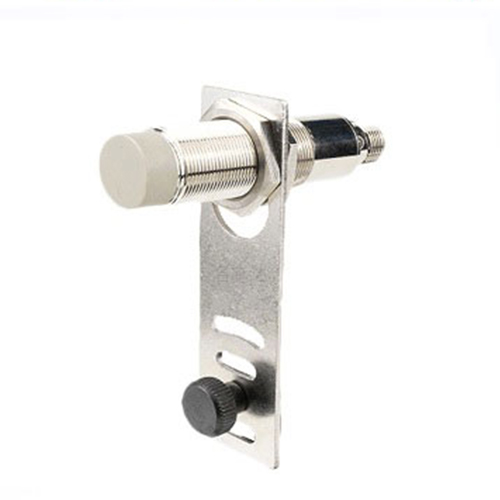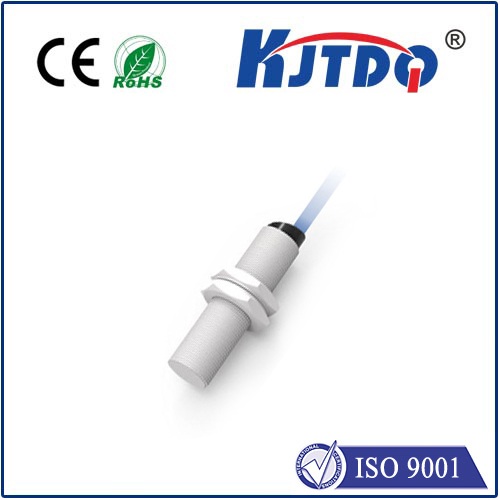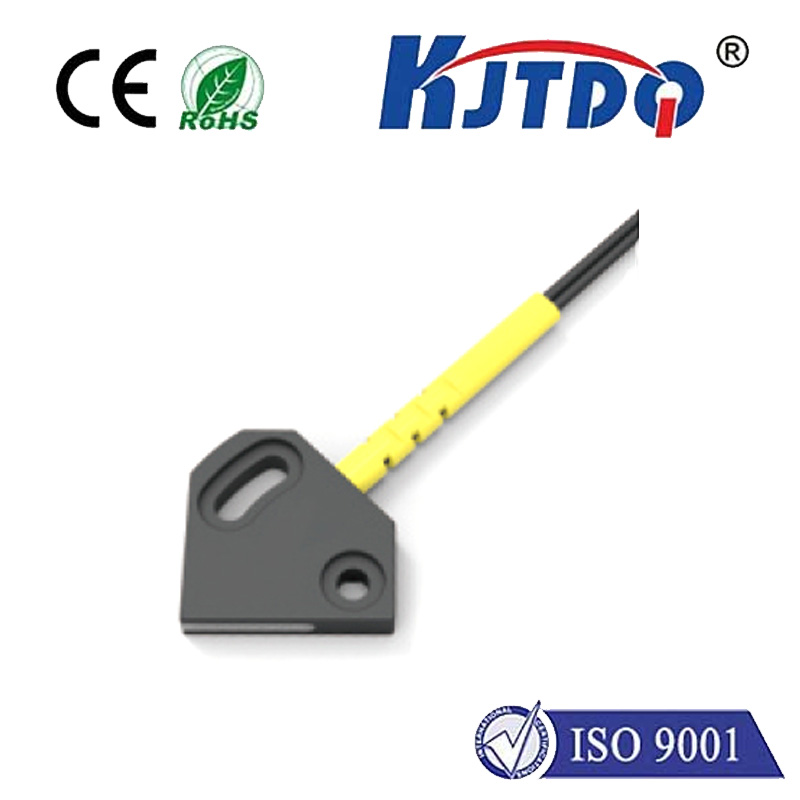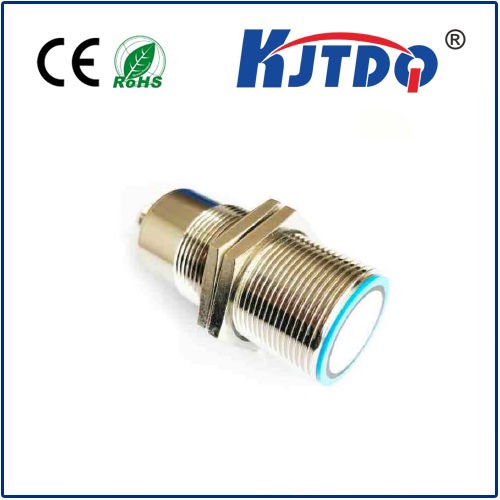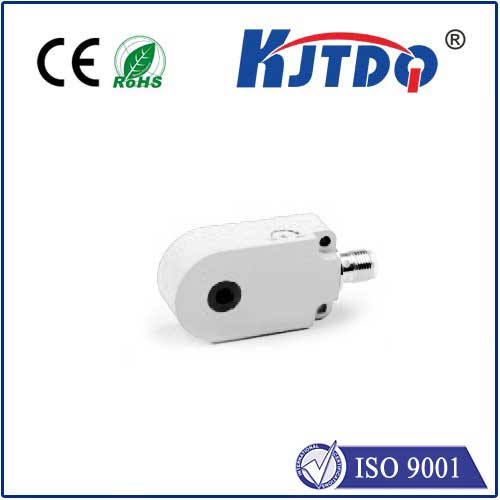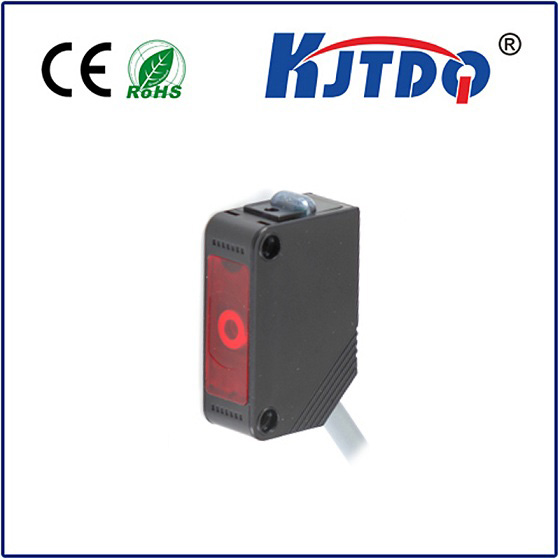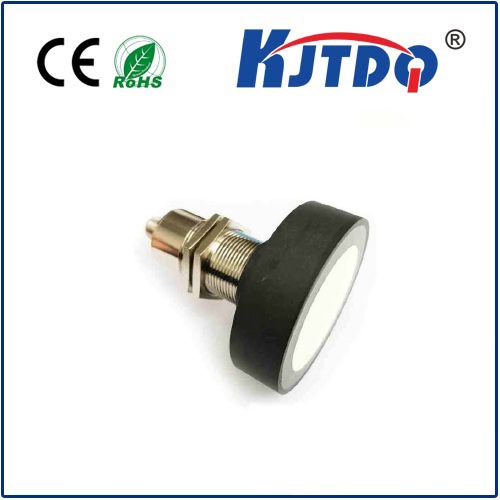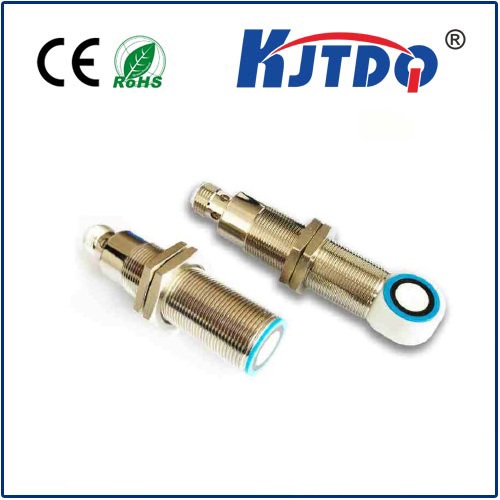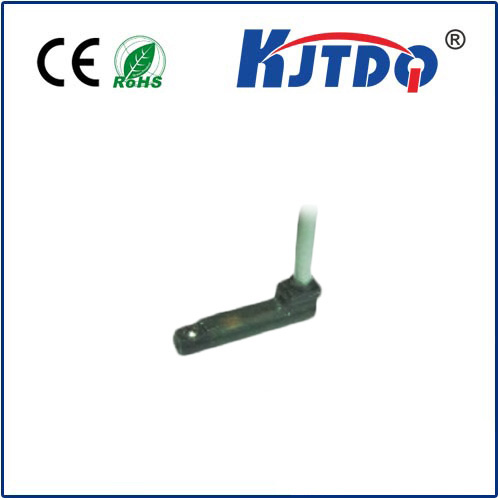Заголовок выключателя
- time:2025-08-02 04:12:17
- Нажмите:0
The Limit Switch Head: Precision Control at the Point of Action
Imagine a robotic arm smoothly gliding across an assembly line. It reaches its precise destination, picks up a component, and retracts flawlessly. Or picture a massive garage door stopping perfectly at the top of its track without slamming against the mechanism. What invisible sentinel ensures these precise movements and critical stops? Often, it’s a humble yet vital component: the Заголовок выключателя. This critical element is where the action happens, translating physical motion into the electrical signals that control machines and safeguard operations.
A limit switch itself is an electromechanical device designed to detect the presence or absence of an object, or to monitor movement limits, typically by physical contact. Think of it as a highly reliable “on/off” switch triggered not by a person’s finger, but by a machine part, a moving object, or even a liquid level. The Заголовок выключателя, also frequently called the actuator head or operator, is the business end of this device. It’s the specific housing and mechanism designed to interact directly with the target object or machine part, converting that physical interaction into the movement needed to activate the electrical contacts sealed inside the switch body.
Anatomy of the Head: More Than Just a Cover
The head isn’t just a protective cap; it’s a sophisticated interface. Its design is meticulously engineered to suit specific applications and environmental demands. Key elements typically include:
- Actuator Mechanism: This is the core element within the head. It defines how the switch is triggered. Common types found in different head configurations include:
- Plunger Type: A spring-loaded rod protruding from the head. Force applied directly to the plunger depresses it, activating the switch. Ideal for precise, direct linear actuation.
- Roller Plunger: Similar to a standard plunger but featuring a small wheel (roller) at the end. This reduces friction and wear, making it suitable for applications where the activating object slides across the actuator.
- Lever Type: A pivoting arm extending from the head. Movement against the lever arm rotates it, ultimately activating the internal contacts. This provides significant mechanical advantage, allowing actuation with relatively low force.
- Roller Lever: A lever arm fitted with a roller at its tip. Combines the mechanical advantage of a lever with the reduced friction and durability of a roller, perfect for applications like cam followers or moving surfaces that slide against the actuator.
- Flexible Rod / Whisker: A thin, flexible rod used for detecting very light objects or presence over a wider area with minimal force.
- Rotating Type: Designed to be actuated by rotating shafts or cams.
Sealing & Protection: The head provides crucial protection for the sensitive internal mechanism and contacts. Designs incorporate seals (often O-rings) to achieve specific Ingress Protection (IP) ratings, safeguarding against dust, moisture (like splashing water or washdown environments), oils, and coolants. This sealing is fundamental for reliable operation in harsh industrial settings.

Material & Durability: Heads are constructed from robust materials like engineered plastics (PBT, Nylon), zinc die-cast, or stainless steel. The choice depends on required strength, chemical resistance, temperature tolerance, and whether ferromagnetic properties (important for proximity sensing sometimes) are a concern. Durability under repeated actuation cycles is paramount.
Mounting Interface: The head features a specific design or thread pattern allowing it to be securely attached to the main limit switch body. This connection must be robust and reliable to maintain overall switch integrity.
How the Head Enables Control: The Conversion of Motion
The fundamental operation hinges on the head’s role as a motion converter:
- Physical Contact: The target object (a machine part, cam, door, product on a conveyor, etc.) makes contact with the actuator mechanism on the limit switch head.
- Force Transfer: The applied force moves the actuator (depressing the plunger, rotating the lever, etc.).
- Internal Transfer: This movement is transmitted through the head assembly to the internal mechanism (springs, linkages) of the limit switch.
- Electrical Signal Change: The internal mechanism rapidly changes the state of the enclosed electrical contacts (typically snap-action for reliability).
- Control Signal: This contact change (opening or closing the circuit) sends a signal to the machine’s control system (PLC, motor controller, relay). This signal can:
- Stop Motion: Halt a motor (e.g., crane reaching end-of-travel, garage door at top/bottom).
- Reverse Direction: Change the path of a mechanism (e.g., automatic door reversing when an obstruction is hit).
- Initiate Sequence: Start the next step in an automated process (e.g., part in position, start welding).
- Provide Position Feedback: Confirm a cylinder is extended/retracted or a valve is in position.
- Act as a Safety Interlock: Ensure guards are closed before machine operation can start.
Diverse Applications Demanding Robust Heads
The specific Заголовок выключателя design directly determines the switch’s suitability for countless industrial and automation tasks:
- Factory Automation: Robotic work cell boundaries, pallet position verification, tool changer positioning, conveyor line part detection and counting (using lever arms or plungers). Consistent, reliable actuation is key.
- Перевозка материалов: Overhead crane travel limits (roller levers following tracks), hoist upper/lower limits (plungers or levers), conveyor jams (deflected lever).
- Packaging Machinery: Filling level detection (flexible rods, plungers), case sealer flap position (plungers, levers), label applicator alignment.
- Automotive Manufacturing: Robot welding position feedback, door/bonnet closure verification on assembly lines, press brake stroke limits. High vibration resistance required.
- HVAC: Damper position feedback (lever or rotating heads), filter status monitoring (plunger detecting pressure drop).
- Process Control: Valve position (limit switches mounted on actuators, often with rotating or lever heads), tank level floats activating lever arms.
- Access Control: Door/gate open/close status (roller levers or plungers activated by the door edge or frame).
- Food & Beverage / Pharmaceutical: Stainless steel heads with high IP ratings for washdown and hygienic environments, resisting corrosion from cleaning chemicals.
Selecting the Right Head: Critical Considerations
Choosing the optimal Заголовок выключателя is vital for performance and longevity:
- Actuation Force & Method: How much force is available? Is it direct linear push, side-swipe, rotary motion? Match the actuator type (plunger, lever type, roller type) accordingly.
- Operating Environment: Consider temperature extremes, presence of dust, water, oils, chemicals, or explosive atmospheres. This dictates the required sealing (IP rating) and material (stainless steel vs. plastic).
- Precision Requirements: Does the application need high repeatability accuracy? Plungers often offer the most precise actuation point.
- Duty Cycle & Lifespan: How frequently will the switch be activated per hour/day? High-cycle applications demand heads with robust actuators and internal designs built for endurance.
- Mounting Constraints: Physical space limitations around the switch location might favor a compact plunger head over a longer lever arm.
- Target Object: The size, speed, and material of the object contacting the head influence the actuator choice (e.g., roller for moving surfaces, flexible rod for small/light objects).
The Unsung Hero of Precise Control
While often overshadowed by sophisticated sensors and complex controllers, the **limit switch head

